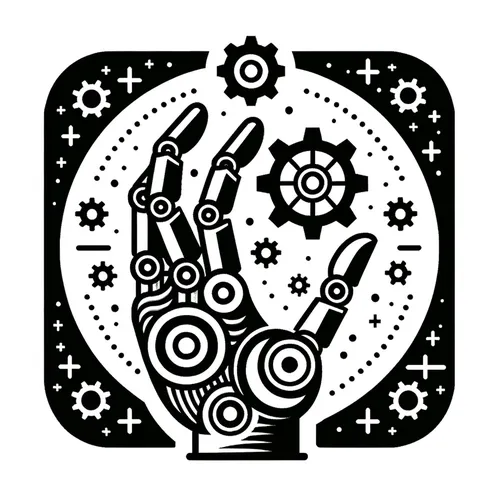Robots Rocking the World: Insider Secrets, Juicy Deals, and Mind-Blowing Breakthroughs!
- Author
- Quiet. Please
- Published
- Fri 18 Jul 2025
- Episode Link
- https://www.spreaker.com/episode/robots-rocking-the-world-insider-secrets-juicy-deals-and-mind-blowing-breakthroughs--67031929
This is you Robotics Industry Insider: AI & Automation News podcast.
The robotics and automation sector continues to surge ahead, shaping the next era of industrial productivity. Market research from Interact Analysis notes that despite some turbulence this year—especially around mobile robot forecasts—fixed automation and collaborative robots have entered a new growth cycle, fueled by a robust order backlog and evolving demand across sectors. The global industrial automation market reached over two hundred billion dollars in 2024 and is projected to top four hundred billion by 2033, cementing its pivotal role in manufacturing, healthcare, and food production, with nearly double-digit annual growth rates according to Straits Research. In Asia-Pacific, the Japanese automotive sector hit a five-year high for robot installations, spurred by the shift to alternative powertrains and relentless competition from regional manufacturers. The International Federation of Robotics highlights an eleven percent year-over-year increase in industrial robot deployments in Japan, showcasing how automation remains integral to staying competitive on the world stage.
Major technical breakthroughs are accelerating adoption. Photoneo has released its PhoXi 3D Scanner Gen3 using blue laser technology for higher precision in industrial scanning, enabling next-level quality control. ABB has updated its IRB 1200 small robot line, now offering faster cycle times and enhanced precision. Cohesive Robotics is pushing the envelope with seamless AI and 3D sensor integration for robotic welding, requiring minimal manual programming—a clear win for fabrication and assembly lines. Real-world case studies abound: Pharm Robotics uses advanced robotics and AI-driven vision systems to automate livestock healthcare, while Miso Robotics is partnering with Roboworx to deploy and service Flippy Fry Station robots at scale, demonstrating automation’s growing reach from factories to food service.
There’s brisk investment on the business side, with E Tech Group acquiring JSat Automation to expand its footprint globally, and multinational partnerships such as NEURA Robotics collaborating with HD Hyundai. Meanwhile, research points to both progress and challenges: a recent study revealed that AI agents, though impressive in virtual tests, still struggle with retail tasks in unpredictable real-world settings, underscoring the ongoing need for aligning simulations with physical deployment environments. Practical takeaways for industry leaders include investing in workforce reskilling and embracing digital transformation to future-proof operations—critical as automation is expected to create seventy-eight million net new jobs by 2030 even as certain roles are displaced, based on Thunderbit’s industry data.
Looking ahead, listeners should expect continued breakthroughs in collaborative robots and smarter AI systems, more rapid adoption in smart factories, and new M and A deals as companies race to integrate next-generation automation. The gap between simulation and reality will gradually narrow as research advances. For those in the field, now is the time to pilot AI-powered solutions, re-evaluate supply chains for resilience, and foster partnerships that bridge technology with business needs.
Thanks for tuning in to Robotics Industry Insider: AI and Automation News. Come back next week for more vital updates. This has been a Quiet Please production. For more, check out Quiet Please Dot A I.
For more http://www.quietplease.ai
Get the best deals https://amzn.to/3ODvOta
